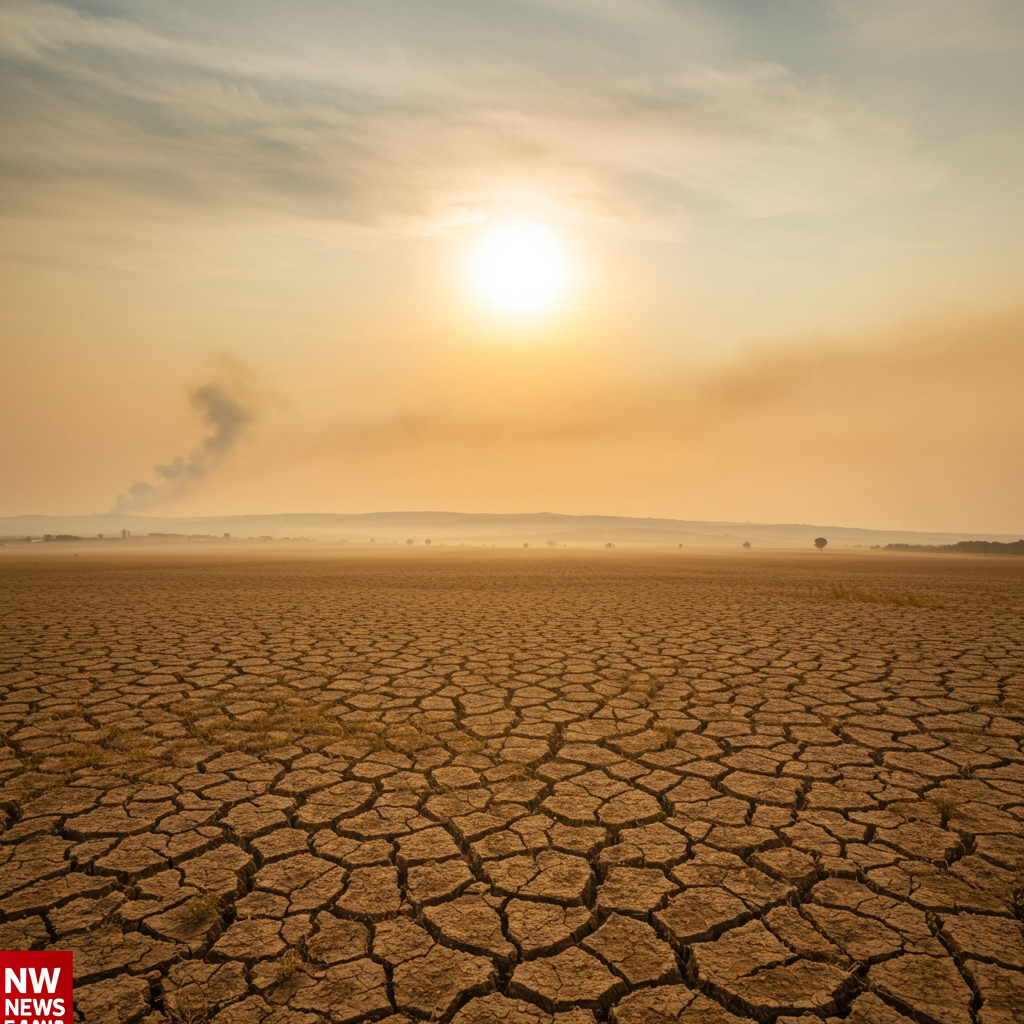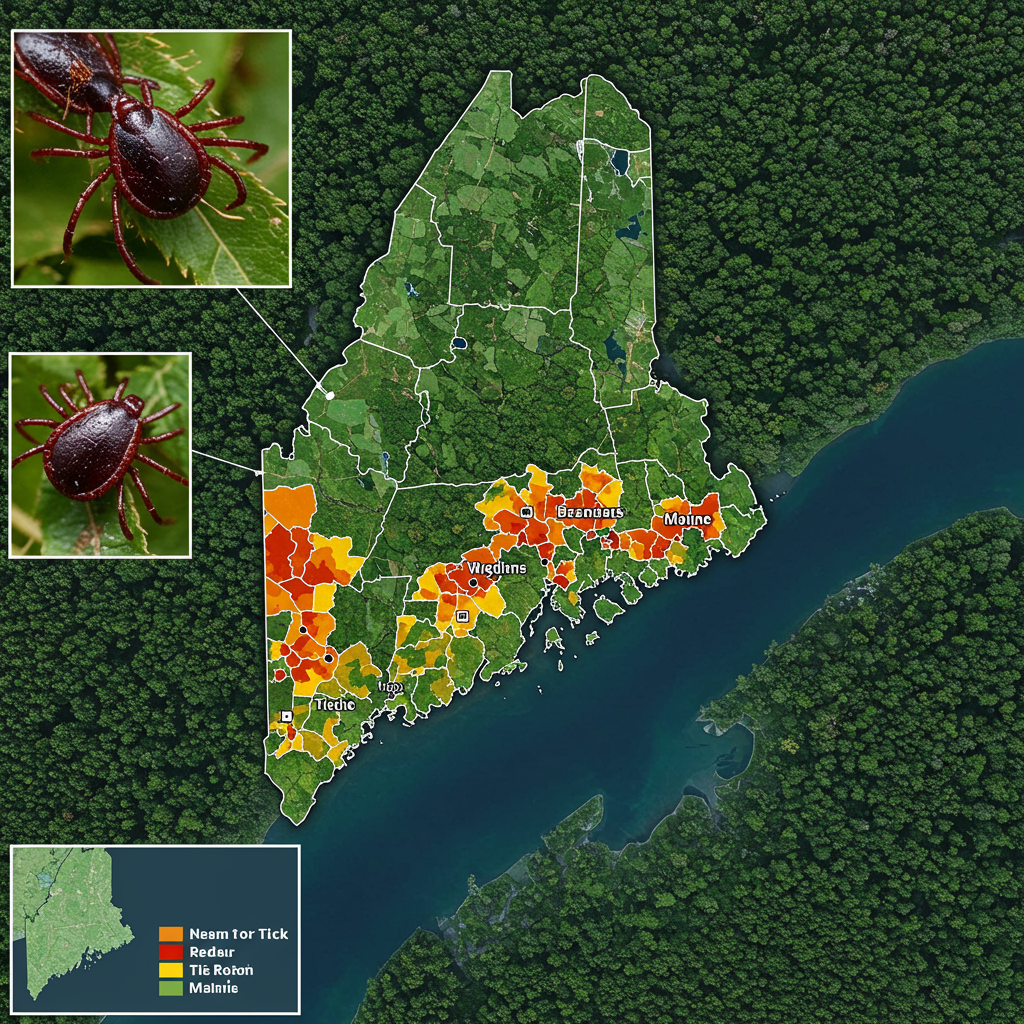Europe is facing a severe and deadly heatwave. Record temperatures are gripping Spain, Italy, and France. This intense heat is causing multiple fatalities and fueling dangerous wildfires. Authorities are urging caution as the continent swelters under extreme conditions topping 40°C (104°F) in many areas.
Tragedy has struck in Spain. Two farmers lost their lives near Coscó in Catalonia. They became trapped by a fast-spreading wildfire. Authorities reported one farmer appealed for help, but escape was impossible. The fire consumed a large area, estimated at up to 6,500 hectares. Spain recently recorded its hottest June since measurements began. The national weather service, Aemet, noted June’s average temperature of 23.6°C (74.5°F) “pulverised records.” This average temperature surpassed typical July and August figures. Forecasts predicted temperatures reaching 41°C (106°F) in southern cities like Córdoba. Even overnight lows remained high, hitting 28°C (82°F) in towns such as Osuna.
Fatalities Reported Across Affected Regions
Italy has also seen heat-related deaths. On the island of Sardinia, where temperatures exceeded 40°C, two men died after becoming ill on beaches. A 75-year-old man collapsed in Budoni. A 60-year-old man became sick in San Teodoro and later died. In Genoa, an elderly man in his 80s died of heart failure shortly after arriving at a hospital. Further incidents highlight the heat’s dangers. Two construction workers in Vicenza province fell ill while working in a confined space. They were rushed to hospital, with one reported to be in a coma.
France reported a particularly tragic death. A 10-year-old American girl collapsed and died at the Palace of Versailles near Paris. Reports indicate she collapsed in a courtyard around 6:00 PM local time. This occurred in front of her parents. Despite swift actions by security and emergency services, she was pronounced dead an hour later. France’s ecological transition minister confirmed two other heat-related fatalities nationally. More than 300 people required emergency medical care due to the heat. France experienced its second-hottest June on record, with June 2023 being the hottest since 1900. Four French departments remained on the highest heat alert level (red). These included Aube, Cher, Loiret, and Yonne, according to Météo-France.
climate change Connection
The severity of this heatwave is linked to climate change. UN climate agencies state that such extreme heat events are becoming more frequent and intense. This trend is directly attributed to human-induced climate change. The UN’s World Meteorological Organization (WMO) explicitly stated this on Tuesday. Similarly, the Intergovernmental Panel on Climate Change (IPCC), the UN’s climate body, has warned that extreme hot weather will happen more often and become more intense as the planet warms. Scientific analysis demonstrates how climate change worsens extreme weather. Even small increases in average global temperatures, currently around 1.2°C above pre-industrial levels due to human activity, significantly alter atmospheric conditions. A warmer atmosphere holds more moisture. This can lead to more intense rainfall elsewhere, but crucially, it shifts the entire temperature distribution towards hotter levels.
For instance, scientists use models to compare events in today’s climate versus a world without human influence. Research has shown specific past heatwaves would have been extremely unlikely or even impossible without climate change. The science confirms a clear link between rising global temperatures and the increased frequency and intensity of heat extremes. Record-breaking months, like Spain’s hottest June ever and England’s hottest June ever, are consistent with this warming trend.
Wildfires Exacerbated by Heat
Beyond direct health impacts, the extreme temperatures fuel wildfires. The prolonged heat dries out vegetation and soil. This creates tinder-dry conditions. These conditions provide ample fuel for fires to ignite and spread rapidly. Strong winds can further accelerate their speed and reach. This season has seen significant fire activity across southern Europe.
In addition to the deadly blaze in Spain, Greece is battling multiple wildfires. Emergency evacuations have been ordered in several regions. Authorities warned of a very high fire risk across many areas. These included Attica, Crete, parts of the Peloponnese, and Aegean islands. In northern Halkidiki, a fire near the coastal village of Vourvourou tore through pine forest. Residents and campers were forced to flee. Power cuts affected the area. Firefighters faced challenging conditions battling the flames on steep terrain. On the island of Crete, a large fire burned out of control near the seaside village of Achlia. It threatened homes, tourist accommodation, and critical infrastructure. Local residents and tourists received orders to evacuate. Over 100 firefighters were deployed to tackle the blaze. The conditions created by the ongoing heatwave significantly escalate the risk and severity of these fire incidents.
Understanding Vulnerability to Heat
Experts highlight certain populations are more vulnerable to the heat’s dangers. Dimple Rana, a heat and microclimate specialist, points to a strong link between heat-related health impacts and age. Older adults are particularly susceptible to heat stress and related complications. Young children, especially those under five, also face heightened risks. These groups often have more difficulty regulating body temperature.
Another significant factor is occupation and income level. People on lower incomes may undertake more manual outdoor work. This increases their exposure to the highest temperatures during the day. This continuous exposure without adequate cooling or breaks dramatically increases the risk of heat exhaustion or heatstroke. Living conditions also play a role.
The urban environment itself can increase risk. The WMO noted the “urban heat island effect.” This phenomenon occurs because cities are significantly warmer than surrounding rural areas. Built structures, paved surfaces like roads and parking lots, vehicles, and heat-generating activities all absorb and trap heat. This effect is particularly pronounced during hot periods. The additional heat in urban centres exacerbates heat stress for residents. This can lead to increased illness and mortality rates during heatwaves. Understanding these vulnerabilities is crucial for developing targeted heat safety strategies and public health warnings. As heatwaves intensify globally due to climate change, addressing these factors becomes increasingly vital for protecting populations.
Frequently Asked Questions
Where have heat-related deaths been reported during this European heatwave?
Fatalities linked to the heatwave have been reported in multiple countries. In Spain, two farmers died in a wildfire near Coscó, Catalonia. Italy has seen deaths on beaches in Sardinia (Budoni, San Teodoro), and a man died of heart failure in Genoa. In France, a 10-year-old American girl died after collapsing at the Palace of Versailles, and the minister reported two other heat-related deaths nationally.
How severe was the heatwave in terms of temperatures and records?
The heatwave brought extreme temperatures exceeding 40°C in many areas. Spain recorded its hottest June since records began, with an average temperature far exceeding the norm for the month and even surpassing typical July/August averages. Forecasts included highs like 41°C in Córdoba. France registered its second-hottest June on record. Several regions in France remained on the highest heat alert level.
Are heatwaves like this linked to climate change?
Yes, UN climate agencies confirm a strong link. The UN’s WMO and IPCC state that human-induced climate change is making extreme heat events like this heatwave more frequent and intense. Scientific analysis supports this, showing how rising global temperatures significantly increase the likelihood and severity of heat extremes. The record-breaking temperatures seen are consistent with climate warming trends.
As Europe grapples with this extreme heat, the human toll and widespread disruption are becoming clear. The scientific consensus links the severity and frequency of such events to ongoing climate change, underscoring the need for adaptation and mitigation strategies. Public awareness of heat risks, particularly for vulnerable groups, remains critical during these periods of intense heat.



